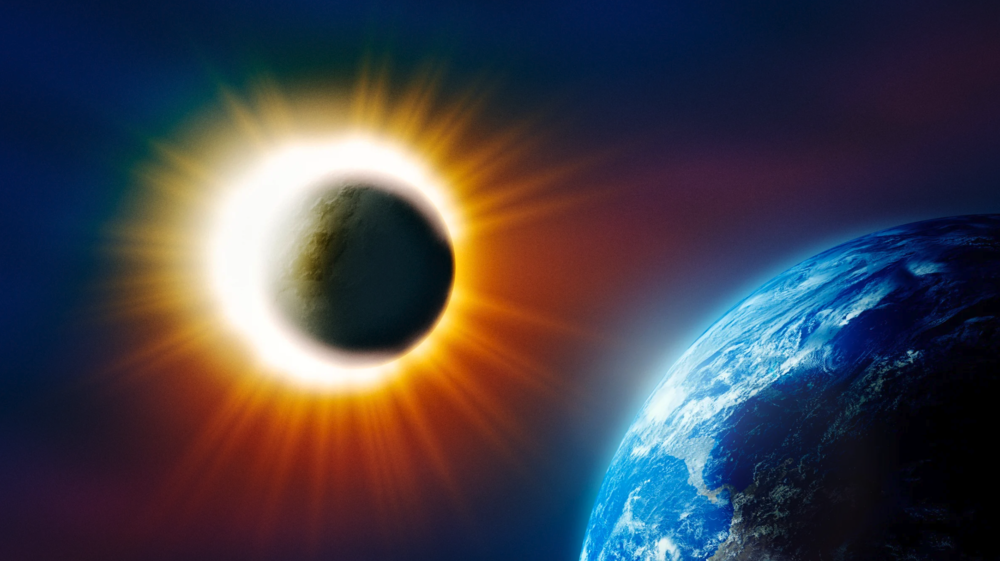
Section Branding
Header Content
Teaching The 2024 Total Solar Eclipse
Primary Content

A total solar eclipse is cutting across the United States, from southwest Texas to Maine. While Georgia is not in the path of totality, parts of north Georgia will reach more than 80 percent totality.
Use this curated list of resources to get your students excited about the total solar eclipse--the next one spanning coast to coast won't happen again until 2045!
This Is How A Solar Eclipse Happens
Grades: 3-8
A solar eclipse occurs when the moon passes between the sun and Earth, casting the moon's shadow on Earth.
Solar Eclipses Explained
Grades: 6-8
Learn about the mechanics of solar and lunar eclipses with these videos and visualizations. Use this resource to view and engage with different ways of seeing how the alignments of the Moon, the Sun, and Earth result in eclipses and to provide opportunities for students to develop and use models or make evidence-based claims about eclipses.
Total Solar Eclipse Animation
Grades: 3-12
Solar eclipses result from the alignment of the Sun, Moon, and Earth. Total solar eclipses — in which the Sun is completely blocked by the Moon — are a spectacular and rare sight to witness. In this animation adapted from NOVA, see why solar eclipses occur and observe a simulated total eclipse.
Solar Eclipse Safety | Compact Science
Grades: 3-8
Prepare for the total solar eclipse that will take place in North America on April 8, 2024. It is a rare and special occurrence, so you should take advantage of experiencing it. However, safety should be your main concern when viewing a total solar eclipse. Use these short videos and discussion questions to stay safe during an eclipse.
The Path of Totality | Compact Science
Grades: 3-8
Discover the reasons why a solar eclipse is one of the rarest and most spectacular events in nature.
Experience a Solar Eclipse | Lesson Plan
Grades: 6-8
Explore what it is like to observe a total solar eclipse and learn about what causes eclipses. The lesson features media resources from NASA, including videos, photographs, and multiple models of the Earth–Sun–Moon system.
Predicting Eclipses | Eclipse Over America
Grades: 6-8
Learn about the evolution of eclipse predictions—from ancient Babylonians using a pattern of observations to Edmond Halley, who used mathematics—in this pair of videos from NOVA: Eclipse Over America. Use this resource to stimulate curiosity about the motions of the Sun, the Moon, and Earth and to provide opportunities for students to develop and use models of eclipses.
Why Isn't There an Eclipse Every Month? | Interactive Lesson
Grades: 6-8
Investigate how the orbits and relative positions of the Moon, the Sun, and Earth produce eclipses using this interactive lesson. Students will work with a variety of models of the Earth–Sun–Moon system to understand the mechanics of lunar and solar eclipses and explain why they are rare.
Click here to watch a live stream of the total solar eclipse on April 8, 2024.
A total solar eclipse is cutting across the United States, from southwest Texas to Maine. While Georgia is not in the path of totality, parts of north Georgia will reach more than 80 percent totality.
Use this curated list of resources to get your students excited about the total solar eclipse--the next one spanning coast to coast won't happen again until 2045!





